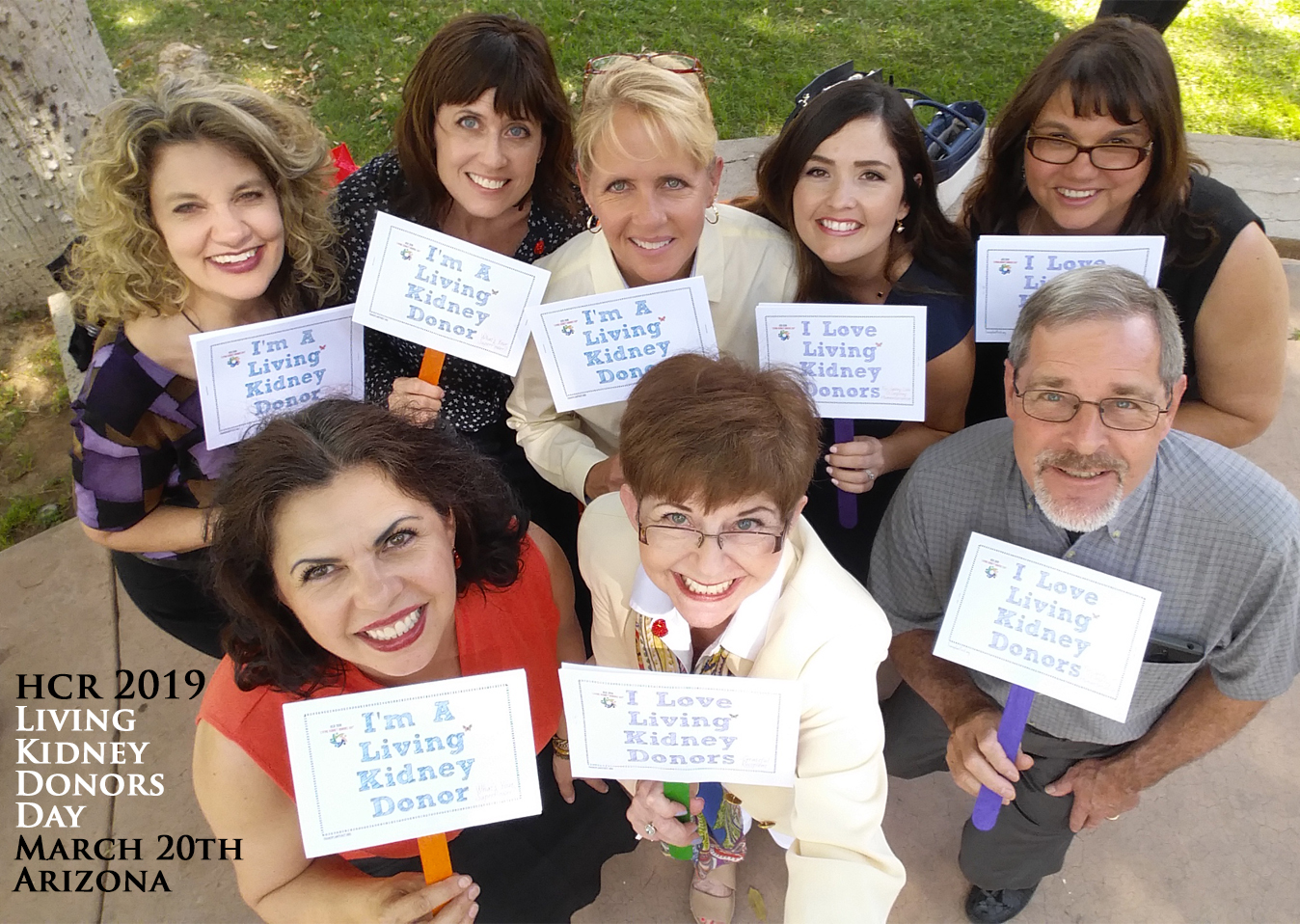HOW TO INCREASE LIVING KIDNEY DONOR TRANSPLANTS
THE CHALLENGE
Nearly 100,000 people are waiting on a list for their much needed kidney transplant and only 20% of the half million patients on dialysis make it to the transplant wait list. Of those, nearly 5000 die while waiting each year. It is a well known fact that transplant patients live longer and better lives at a fraction of the cost of dialysis care, yet the wait for a deceased donor’s kidney takes years.
PROPOSED SOLUTIONS
1. Encourage transplant eligible pateints to end their wait by finding potential lioving kidney donors. Provide template letter examples, outreach material samples and communication strategies in pre-transplant and nephrology practice settings. [Looking for templates, examples and samples? Visit this link: https://transplantfirst.org/finding-kidney-donors/
2. Inform patients that a transplant provides the best outcome. When providers unleash a proactive path to preemptive transplantation, eligible patients can work to AVOID dialysis.
3. Provide a more efficient and compassionate processes for donor screening and work-up needs to be implemented to avoid disinterest, frustration and change of heart.
4. Encourage reimbursement of living donor’s loss of wages and out-of-pocket expenses to eliminate financial barriers to donation.
5. Boost referrals and increase live-donor education at dialysis units and nephrology clinics. [Fact: Only 20% of the dialysis population is listed for transplant.]
6. Increase kidney paired donation (KPD) awareness. [Only 10% of all living kidney donations are engaged in swaps, a procedure that allows best-matched donors and recipients to be paired]. Peer mentoring can support such an increase, particularly when incompatible donors are told they are not a match.
7. Work together to help patients overcome barriers to live-donor transplant opportunities. Hemodialysis units, nephrologists and transplant center personnel must work together to build bridges to better quality of life outcomes.
Simply put: There is no excuse for not meeting these challenges.
You can help reduce the enormous wait list and needless loss of life (and suffering) experienced for those waiting on the list, by proactively engaging with your patients. Learn how to help your patients increase their odds of finding a living kidney donor here: https://transplantfirst.org/finding-kidney-donors/
Note: Considerable content in this article was excerpted from: ASN KidneyNewsOnline: Kidney Transplantation 2017 Breaking Down Barriers and Building Bridges.


